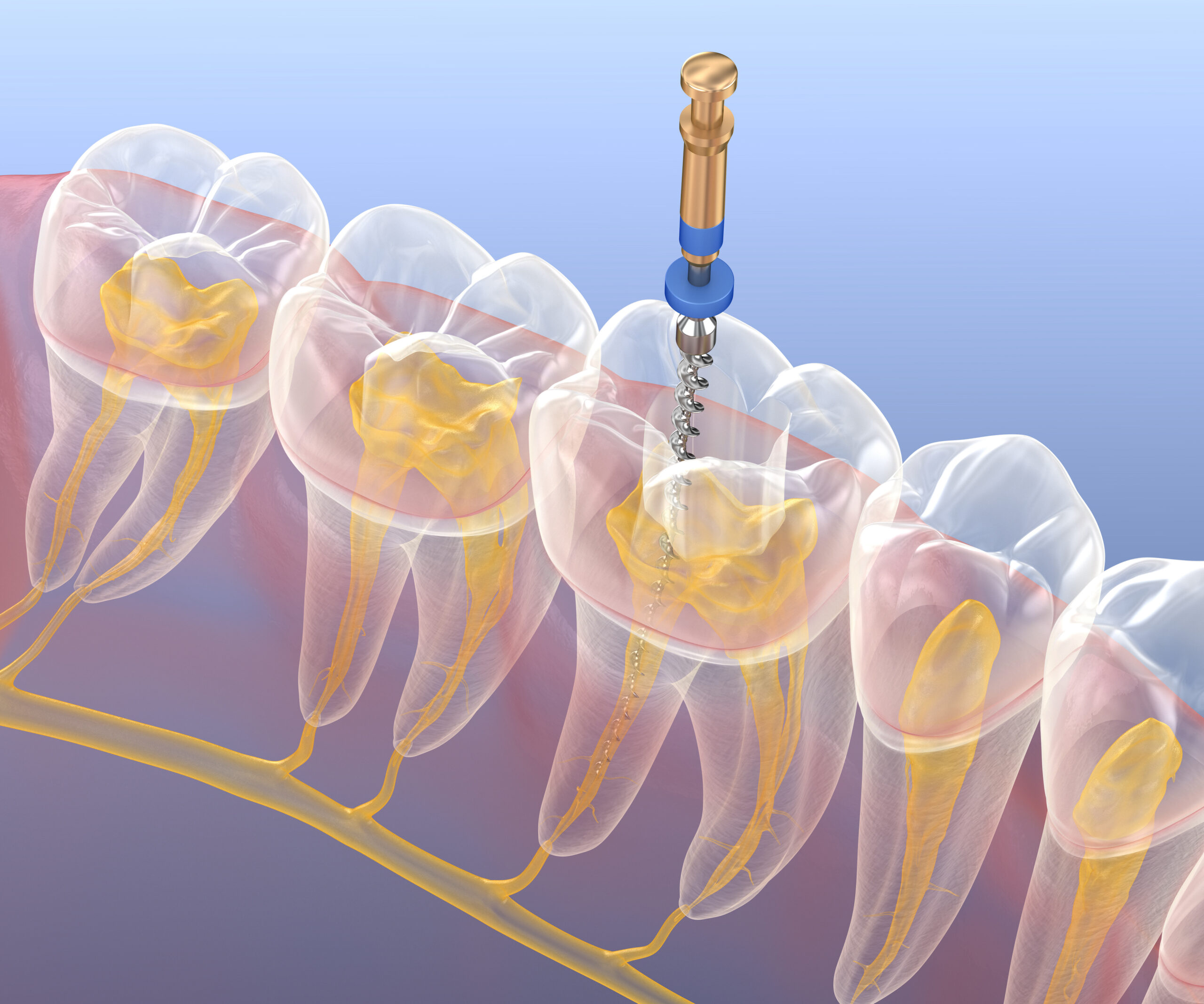
Frequently Asked Questions About Root Canals in Dentistry
Decayed or infected dental pulp tissue is unable to self-repair. To save teeth that are severely damaged or abscessed, your Melbourne FL dentist may recommend root canal therapy. A root canal is a procedure used to remove the nerves from the pulp of a tooth.
Root canal therapy is a highly successful dental procedure
Signs You Need a General Root Canal Treatment
You may not realize that you need a root canal when your symptoms first develop. However, symptoms can quickly progress, especially if you wait too long to get treatment. Here are some of the most common signs that you need a root canal:
- Cracked or Chipped Tooth – If you bite down on something hard, hit your mouth while playing sports, or suffered another type of trauma to your tooth, it could result in a crack or chip that extends to the tooth pulp.
- Sensitivity to Hot and Cold – If you experience tooth pain when eating ice cream or drinking hot coffee, especially if the pain lingers for more than a few seconds, you may need root canal treatment.
- Swollen Gums and/or Jaw – Swelling of the gums and jaw can occur when there is an active infection in a tooth. Pus can collect in these areas, resulting in swelling, puffiness, or tenderness.
- Discoloration – An infection within the pulp of a tooth can cause the tooth to appear darker than your other teeth. This typically occurs due to poor blood supply to the damaged tooth.
- Pain that Doesn’t Subside – Many different dental problems can cause tooth pain. However, if your tooth pain is frequent, constant, or does not subside, you may need a root canal.
- Pimple on the Gums – If you develop what looks like a pimple on your gums, it could be a boil or abscess. You may find pus draining from the pimple, resulting in an unpleasant odor and taste.
The Root Canal Oral Procedure
A root canal consists of several important steps, starting with an X-ray to identify the shape of the canals and to look for possible infection in the bone. Next, your dentist will administer a local anesthetic to numb the area around the tooth. A rubber dam is then placed around the tooth to keep the area dry during treatment.
Once the patient has been prepped, the dentist will drill an access hole into the tooth to remove the pulp, decayed nerve tissue, and bacteria. It is then cleaned using root canal files that scrape the sides of the root canals. Debris is flushed out with water or sodium hypochlorite.
After the tooth has been cleaned, the dentist will seal it with a special paste and a rubber compound known as gutta percha. A filling is then used to close the tooth’s access hole. Once the tooth has been cleaned and filled, your dentist may recommend a crown or other restoration to protect it and restore full function.
In the first few days following a root canal, it’s normal to experience some oral pain and discomfort.
You may notice slight swelling, sensitivity, inflammation, and sometimes an uneven bite. Be sure to share any concerns you may have about your recovery with your Melbourne Florida dentist.
Follow all of your dentist’s instructions after your treatment. You’ll want to avoid eating foods that are particularly hard or chewy to prevent damaging your restoration. You’ll also want to continue brushing twice a day while being cautious around the restored tooth.
Contact Your Melbourne Florida Dentist
Each year, more than 15 million teeth are treated with root canals, according to the American Association of Endodontists. To learn more about root canal treatment or to schedule an appointment, reach out to the friendly dental team at Artistic Touch Dentistry.

